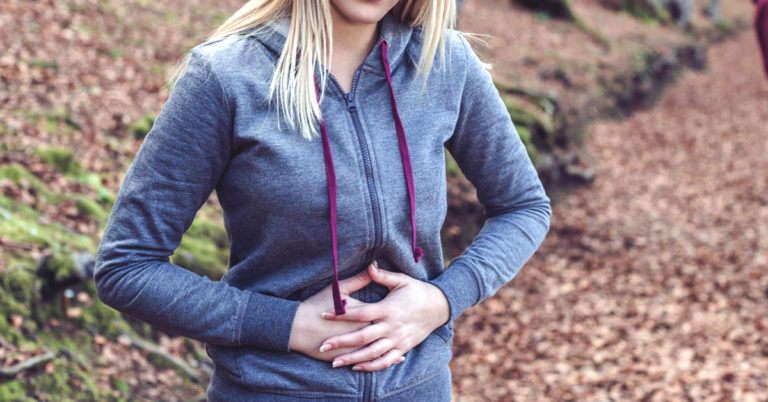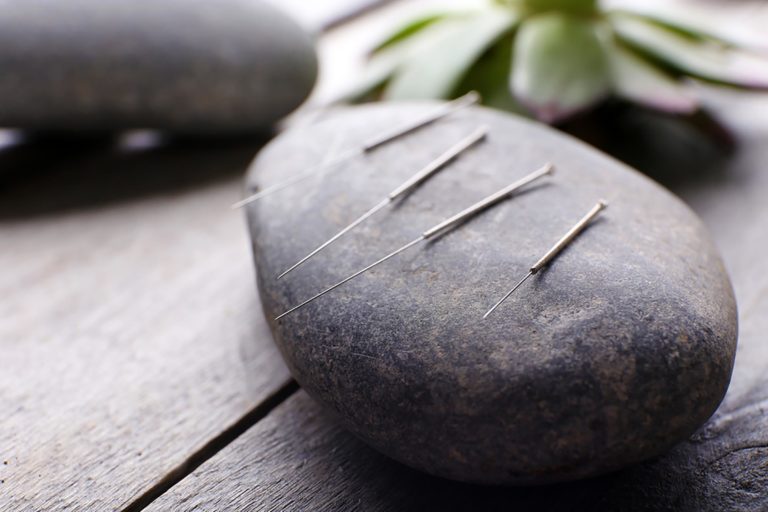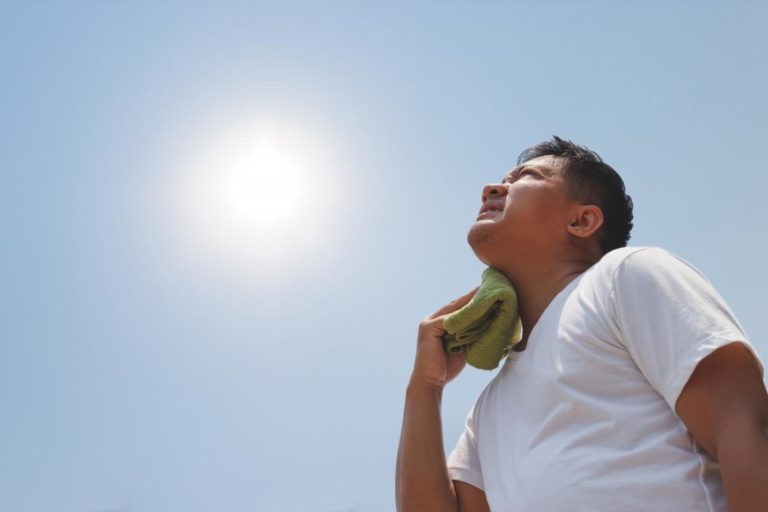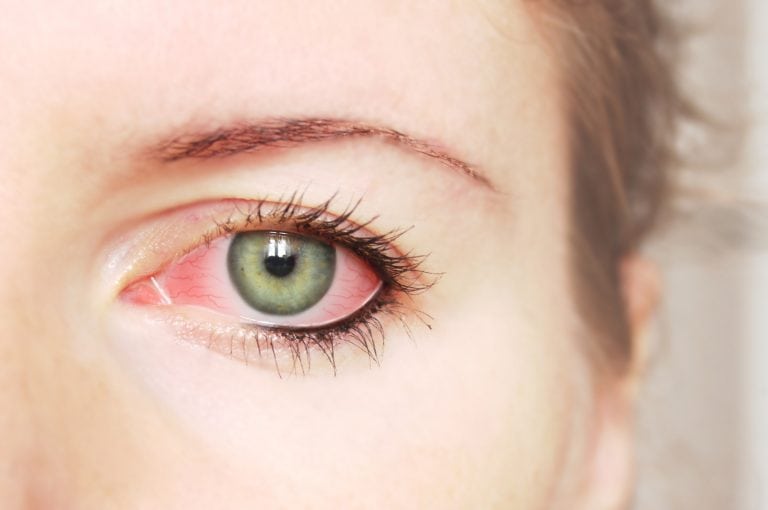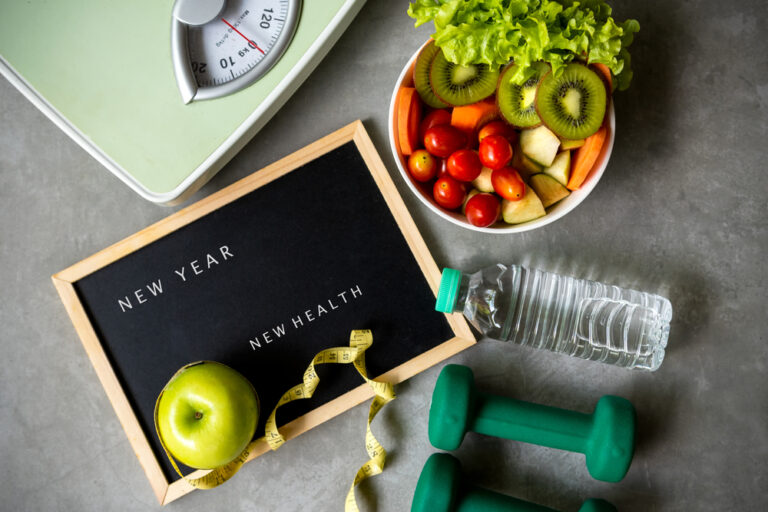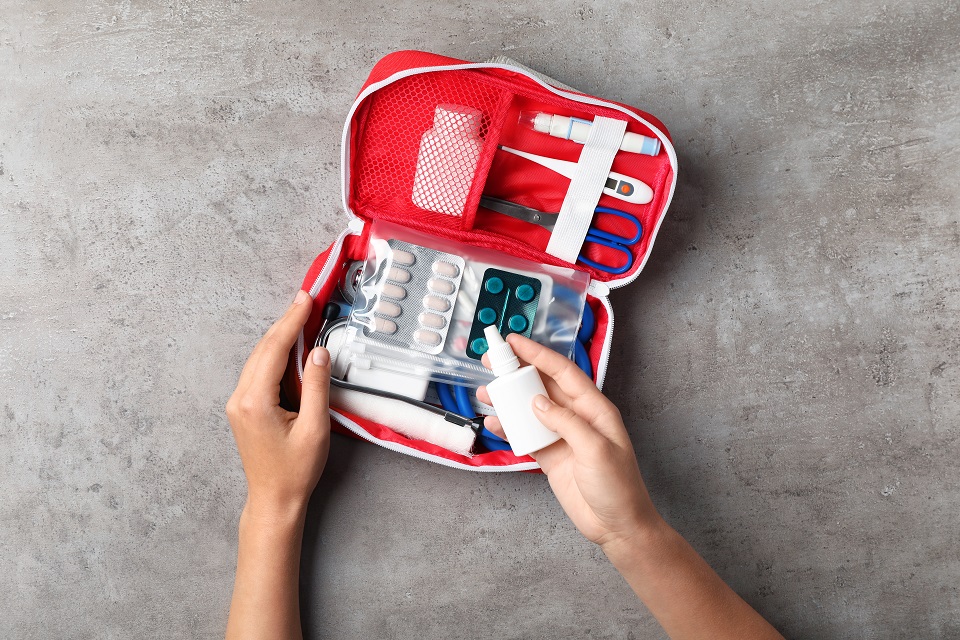
4. First aid kit
It’s essential not only to have a proper-stocked first aid kit, but also to know how to use each item that is found in the kit, says Melanie Hart, senior underwriter for the United Services Automobile Association (USAA). “The American Red Cross has some great tips—if you aren’t sure, get one of their ready-made first aid kits,” she adds. In fact, they also have a series of apps that can help you build an emergency kit and more.
If you wear contact lenses or you deal with asthma, don’t forget to have contact lens solution and asthma inhalers, according to a disaster supplies checklist from the Department of Homeland Security. Include some personal hygiene products and over-the-counter and prescription medications for, let’s say a seven-day supply.
Taking into consideration the current global situation, it would be a great idea to add hand sanitizer, gloves, and face masks, as well. The American College of Emergency Physicians recommends keeping the kit in a clear, waterproof, plastic container and putting it in a visible place.
Important: Do not move your first aid kit from there to here! It’s crucial to have a single place for it, so every single member of your family can remember it.



